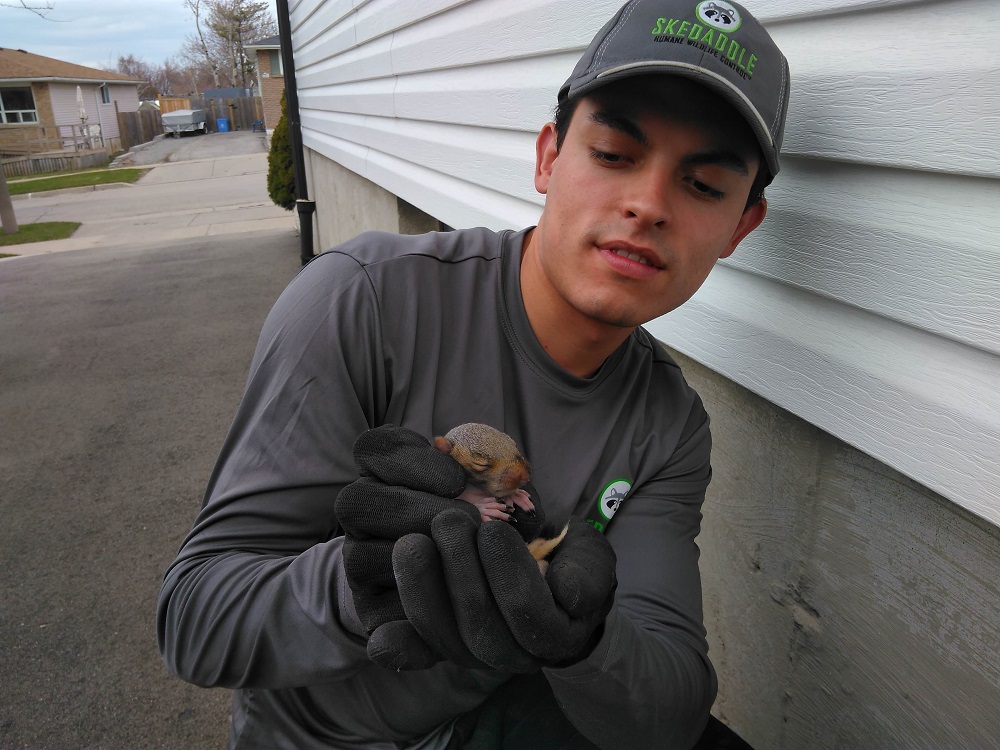Biological Changes that Help squirrels Handle the Winter
Squirrels start to prepare for winter long in advance. As winter appears on the horizon, they change their eating habits, consuming more food and ‘bulking up’. This extra layer of body fat that squirrels acquire before winter acts as insulation, keeping body heat inside during the winter and keeping the cold out. It also makes it easier for squirrels to endure the food scarcity of winter while simultaneously lowering the need for foraging. This means squirrels get to spend more time in the warmth of their dens in the winter.Genetic Advantage
Squirrels also benefit from internal systems that are designed to repel the cold of winter. One squirrel, in particular, the 13-lined ground squirrel has a pretty sweet genetic advantage when it comes to enduring the cold. This squirrel’s central nervous system does not recognize or detect low temperatures the way other mammals do. Instead the system detects cold at lower temperatures. Scientists discovered this after exposing the squirrels to low temperatures and noticing that the section of the animal’s nervous system designed to detect cold the TRPM8, barely responded. As a result, they concluded that temperatures have to get extremely low for these squirrels to feel the chill. When a squirrel appears to be shivering from the cold, there’s actually more going on there. The shivers are actually helping the squirrel to keep warm. The vibrations help to generate heat to keep the body warm. In addition to that squirrels are physically active darting, scurrying or leaping from one place to the next. This constant movement also helps to generate heat and keep squirrels warm.How Squirrel Behavior Helps them Handle the Winter
In the winter squirrels also share their den space as a means of combating the cold. By sharing a den, squirrels reap the benefit of combined body heat as they huddle together. These dens are often strategically designed to keep the cold out. Winter dens for squirrels include burrows in the earth, hollow portions of trees and of course human dwellings.




